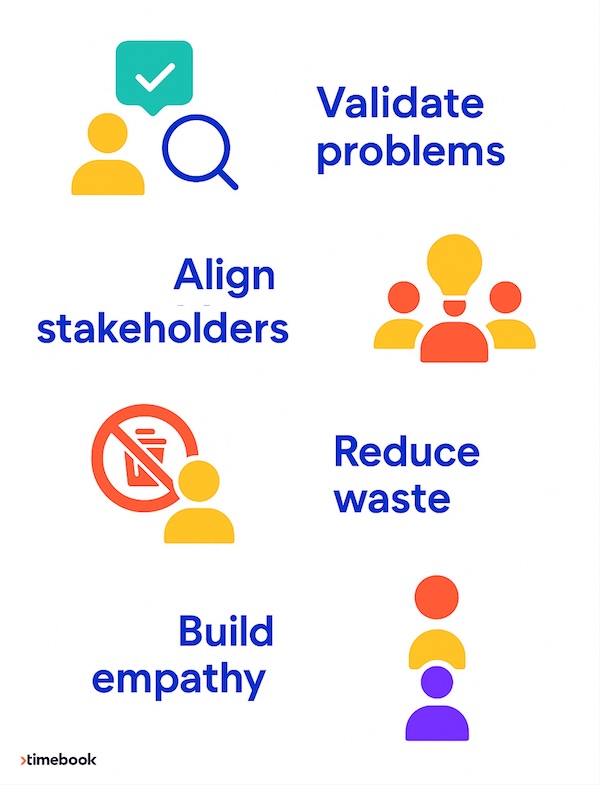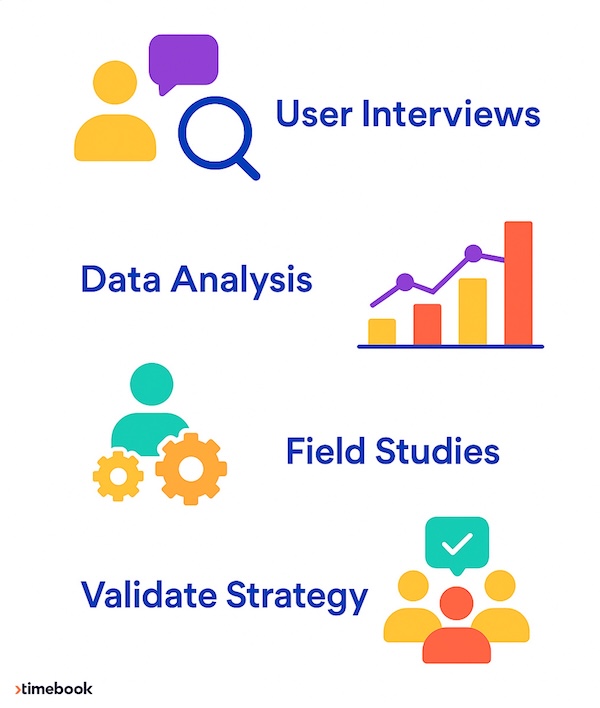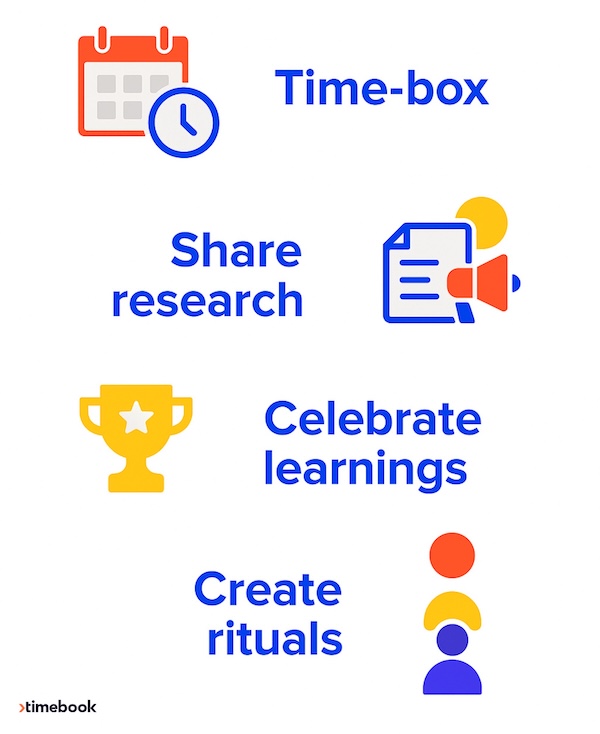Backlogs are important, but they’re not the source of innovation, Product Discovery is.
Joe Fields
The pressure to deliver features quickly can sometimes overshadow the need to truly understand what should be built in the first place. Teams race to clear backlogs, shipping incrementally and iterating relentlessly, but the real magic happens before a story even hits the sprint board. That magic is product discovery.
“Writing code and delivering features in your product is a slow and expensive way to find out you're wrong. Discovery is about using quicker and usually less expensive approaches to decrease risk that you are building the wrong thing.” - Maarten Dalmijn - Author of 'Driving Value with Sprint Goals'
Product Discovery isn’t just a phase, it’s a mindset. It’s how innovative product teams continuously answer the question: “Are we building the right thing?” In this post, we’ll explore how Product Discovery drives product innovation, informs strategic roadmap planning, and creates a tighter link between customer insights and impactful product decisions. Ready to go beyond the backlog? Let’s dive in.
Imagine setting off on a journey with a detailed map, but the terrain has changed, the landmarks have shifted, and your compass no longer points north. That’s what building products without discovery feels like. You may be executing flawlessly, but directionally, you’re flying blind.
Product discovery helps teams:
🔷 Validate customer problems before committing resources
🔷 Align cross-functional stakeholders around the “why” behind the work
🔷 Reduce waste by avoiding unnecessary features
🔷 Build empathy through direct engagement with real users
Without it, product management risks becoming reactive, focused more on managing requests and delivery than on championing value and strategic clarity.
“Kill the bad ideas before they take up too much time and energy from the teams and before you get hooked on them. Instead, fall in love with the problem you are solving.” - Melissa Perri - Author of 'Escaping the Build Trap'

One misconception is that Product Discovery happens before development starts. In reality, it’s an ongoing practice that coexists with delivery. Leading teams don’t treat discovery as a gate, they treat it as a loop. Every idea, every piece of feedback, every market shift can feed this loop and inspire innovation.
In agile product development, discovery and delivery should dance together. While one sprint wraps, new customer interviews kick off. As teams test hypotheses, they gather new customer insights that inform what gets prioritized next.
This continuous rhythm ensures that you’re never relying on stale data or outdated assumptions. You’re staying close to the customer, and that proximity is where innovation lives.
"Rather than thinking about discovery as something that we do at the beginning of a project, you will learn to infuse discovery continuously throughout your development process." - Teresa Torres - Author of Continuous Discovery Habits
Innovation doesn’t always mean moonshots. Often, it’s the elegant solution to a common frustration, the feature that feels intuitive, the integration that saves hours. But you can’t uncover these gems without listening.
Effective customer insights gathering involves:
🔷 User interviews with active listening and open-ended questions
🔷 Data analysis across usage patterns, support tickets, and churn reasons
🔷 Field studies or shadowing workflows to observe friction firsthand
🔷 Validate strategic direction with customer advisory boards
When discovery methods are robust, the signal gets stronger. You begin to see patterns, unmet needs, and emerging use cases. Those become the seeds of product innovation, not as guesses, but as grounded, actionable opportunities.
“Winning products come from the deep understanding of the user’s needs combined with an equally deep understanding of what’s just now possible.” - Marty Cagan - Author of Inspired: How To Create Products Customers Love

A common tension in product management is balancing strategic bets with short-term wins. Discovery helps navigate that tension by providing clarity. It reframes roadmap discussions from “what should we build next” to “what problem are we solving next, and for whom?”
Here’s how discovery strengthens roadmap planning:
When discovery informs the roadmap, the product vision becomes less about delivery velocity and more about outcome-driven thinking.
Another key advantage of integrating discovery into roadmap planning is resilience. Markets shift, customer behaviors evolve, and competitors pivot, yet a roadmap anchored in fresh insights can adapt gracefully. Instead of rigid planning cycles, teams can respond with confidence, knowing that each strategic adjustment is grounded in a real, validated need.
“A roadmap without discovery is a list of guesses. Discovery turns assumptions into evidence and helps teams prioritize what truly matters.” - David Pereira - Product Discovery Done Right
Embracing product discovery isn’t just a process shift, it’s a cultural one. It requires product leaders to create space for curiosity, ambiguity, and experimentation.
To build this culture, consider:
🔷 Time-boxing discovery sprints to explore before committing
🔷 Sharing research openly across design, engineering, and marketing
🔷 Celebrating learnings, even if they invalidate a favorite idea
🔷 Creating rituals like assumption mapping or problem framing workshops
Most importantly, it means shifting your team’s mindset from “solution-first” to “problem-first.” Innovation happens when you understand deeply before you create bravely.
“Discovery is not a checklist. It’s a way of thinking that prioritizes learning over guessing.” Paweł Huryn - The Product Compass – What Exactly is Product Discovery

Backlogs are important—but they’re not the source of innovation. They’re the artifact of decisions made upstream. If your backlog is full of requests, tickets, and tactical work, ask yourself: when was the last time you sat with a customer, unrushed, and asked “What’s hard about your day?”
Product discovery is the lever that transforms delivery into product innovation. It brings richness to your roadmap, empathy to your strategy, and confidence to your decisions.